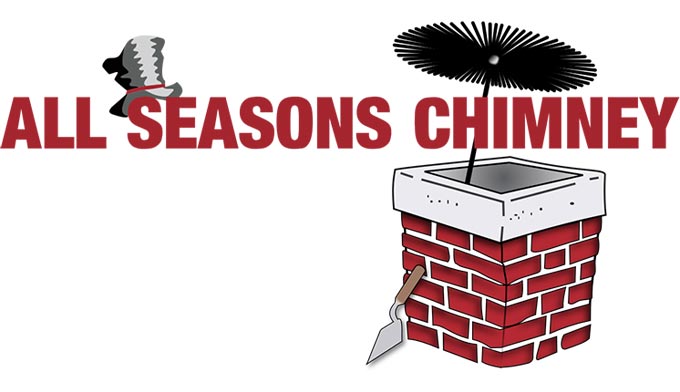Winter is just around the corner, and weather experts have forecasted another brutal winter. After the frigid 2013 to 2014 winter, everyone has staying warm on their minds. Keeping warm means bundling up in a jacket, scarf, and hat when heading outside. However, keeping warm has different requirements for those staying indoors. In many homes throughout Hudson Valley, a fireplace plays a big role in warming up the space. With increasing popularity, homeowners are having factory built fireplaces installed as new additions or in place of old, degraded fireplaces.
A factory built fireplace is exactly what it sounds like: a firebox unit manufactured off-site and brought to a home for installation. The lightweight materials allow for easier installation than a masonry fireplace and chimney because it has fewer foundation requirements. A factory built fireplace also costs significantly less than a custom made or masonry fireplace since the factory built units are mass produced.
Generally made of metal, factory built fireplaces have special insulated walls. These walls protect any nearby combustibles, like woodwork and drywall, from experiencing excess heat from the fire. On top of these walls lay decorative panels that are visible from the inside of the room. The panels, known as refractory panels, can have different colors, designs, and textures to help customize the look of a factory built fireplace.
Refractory panels serve two main purposes. The most important purpose is protection as part of the insulative barrier between the home and the fire. It takes the brunt of the fire’s heat and stands up to the high temperatures fire after fire. Without these panels, unintentional house fires become a very real risk. Refractory panels also direct heat into the home, as suggested by the name. The panels sit on angles designed to direct the fast-moving hot air into the house. This increases the efficiency of the fireplace significantly, meaning you spend less money because the fire uses less fuel to create more heat.
Because of the extreme environment of the refractory panels, they do require regular inspection and even replacement to keep the fireplace functioning safely. An expert chimney inspector can help you determine if the panels need replacement, but you can also keep an eye out, as well. If the refractory panels show any obvious signs of damage like holes, cracks, or a crumbling surface, the panels should be replaced before lighting another fire. Experts also recommend switching out the old panels if a nickel on its end can slide in between two panels. While this may be tougher to determine, if more than a quarter inch of the surface has worn off the panel, it is too thin and needs replacement.
If you live in the lower Hudson Valley area of New York and have a factory-built fireplace, have an inspector out soon to check the condition of the refractory panels. An annual inspection is recommended anyway, so you can ask then. For an inspector in your area, contact All Seasons Chimney to speak with a professional.


